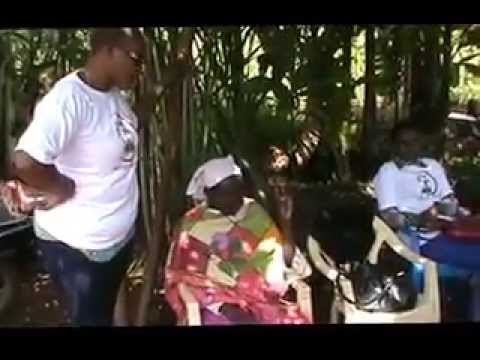
Just under 10 per cent of the world’s workers lives with their families on less than $1.90 a day. In the least developed countries, that number rises to 38 per cent of workers. Poverty is more than just the lack of income and resources, it causes hunger and malnutrition, limited access to education and other basic services. It leads to discrimination, exclusion and lack of say in the decisions that impact our lives.
For women, poverty comes with even more risks and challenges.
Women make significant contributions every day, such as bringing an income to households as an employed wage earner, creating jobs as an entrepreneur, or by taking care of families and elders. However, a woman farmer, for instance, may not be able to make her crops thrive like a man can because she doesn’t have the same access to seeds, credit, technology and extension services. Women are very unlikely to own land — only 20 per cent of landowners globally are women. If she hopes to someday inherit family property, the law may deprive her of an equal share, or social convention may simply favour her male relatives.
Poor girls are more than twice as likely to marry in childhood as those who are wealthy. They then face potentially life-threatening risks from early pregnancy and often lose the opportunity of an education and a better income. Their poverty becomes a self-sustaining cycle.
Case Study
This lady was abandoned by the husband due to paralysis and the expensive care without insurance cover.
PGIO took up both cases and provided care of them.